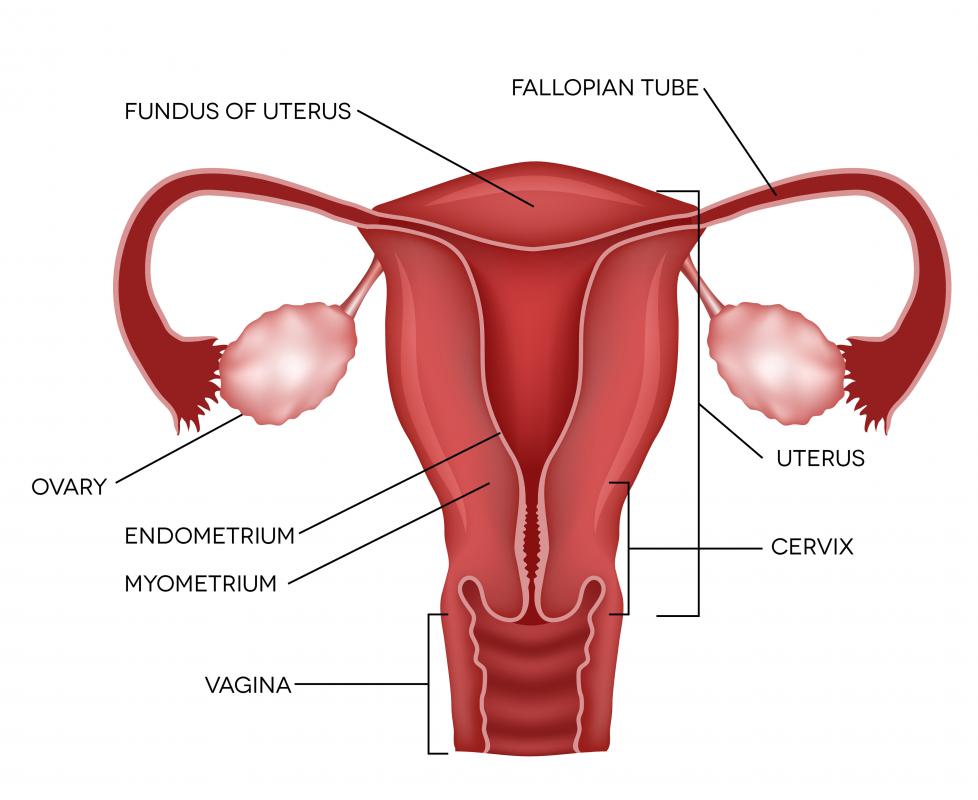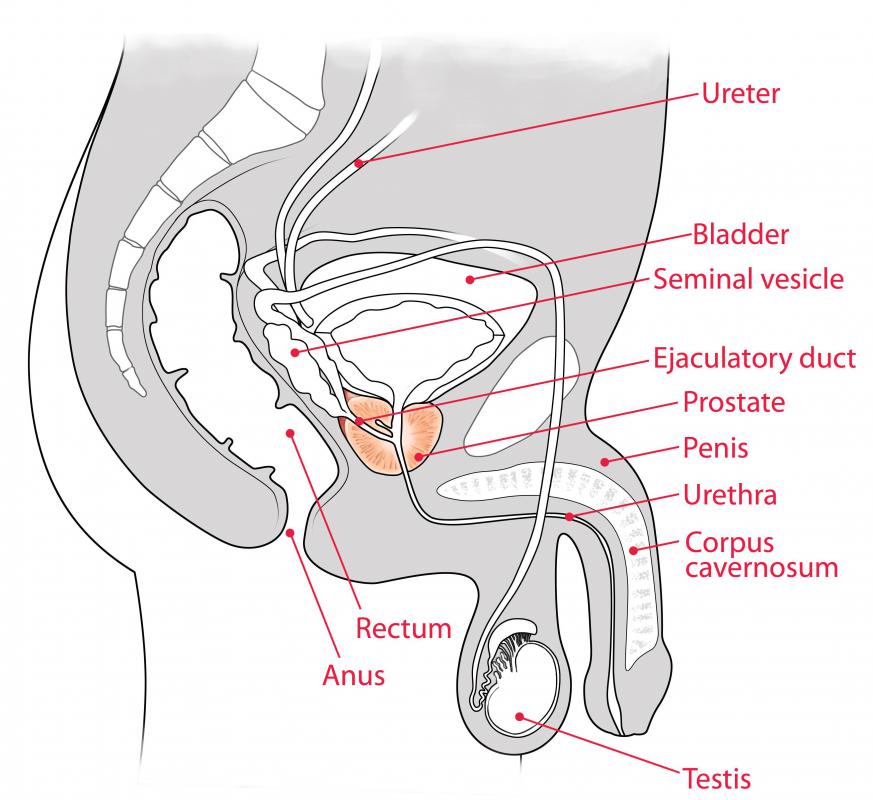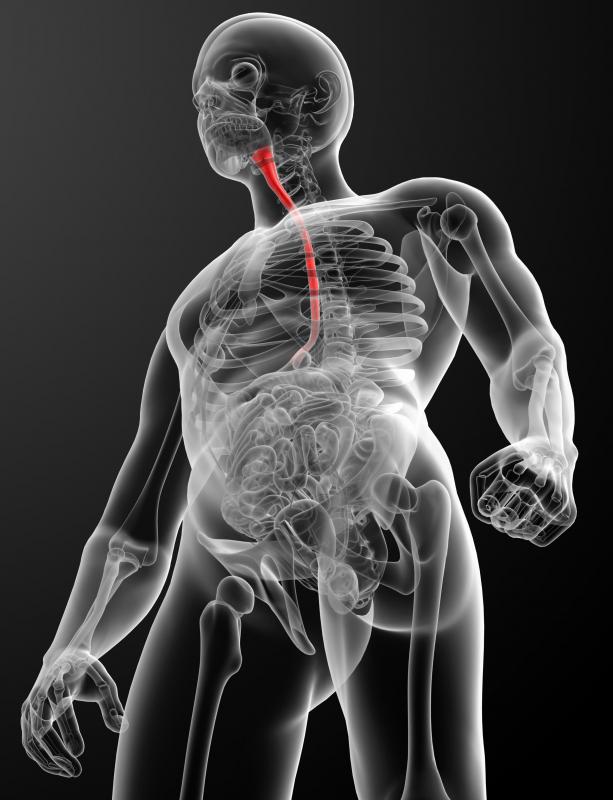At WiseGEEK, we're committed to delivering accurate, trustworthy information. Our expert-authored content is rigorously fact-checked and sourced from credible authorities. Discover how we uphold the highest standards in providing you with reliable knowledge.
What is a Dilator?
A dilator is an instrument which is designed to widen an opening in the body. There are a number of different settings in which dilators may be used, ranging from surgeries to the treatment of gynecological conditions. Dilators are classically sold through medical supply companies, and they come in a range of sizes and designs for different applications.
In surgery, dilators are sometimes used to enlarge openings to gain access. Cervical dilators, for example, are placed in the cervix to encourage it to expand for the purpose of accessing the uterus. Dilators are also used to widen the ureter, esophagus, and various blood vessels for different types of procedures. In this case, the dilator is used temporarily during the surgery, to prep a site for surgery, or to hold an opening so that a permanent device such as a stent can be inserted.

Ballon catheters are commonly used as dilators, because they can be inserted in a deflated state and gently inflated to the desired level. Dilation can also be accomplished with specialty tubing and surgical instruments. The method used depends on the preferences of the doctor, and the situation in which the dilator is being used. In all cases, the goal is to avoid causing damage to the area involved with the dilator while still getting clear access to complete a procedure.

The term “dilators” is often assumed to mean “vaginal dilators.” Vaginal dilators are medical instruments which are used to address various gynecological conditions. They can be used to enlarge the vagina, as may be done after reconstructive surgery in which a vagina is made, because the opening created by the surgery may not be large enough. They can also be used by patients who are attempting to manage vaginismus, narrow vaginal openings, and similar gynecological problems. These devices are prescribed by a gynecologist, after an examination of the vagina and a discussion with the patient about the goals of treatment.

In the case of vaginal dilators, the dilators are designed to be used at home as part of a home care regimen. They come in a series of graduated sizes, with the patient gradually working up to the largest dilator. Typically, the dilators are lubricated, inserted, and held in place to encourage the tissue to stretch. It can take months of regular dilation sessions to achieve the desired goal of dilation, and the process requires a great deal of patience.
AS FEATURED ON:
AS FEATURED ON:














Discussion Comments
@seag47 - Vaginal dilators don't stay in all the time, I don't think. I actually used something like this when I was in college and had problems with painful intercourse. (I was a late bloomer.) My doctor actually had me using basically pens, markers, etc. of gradually increasing thickness as opposed to prescribed dilators. (Covered with a condom for cleanliness.)
What she had me do was lie down and leave the dilator in for 15-20 minutes a day while I relaxed. It was not super comfortable, but neither was it painful. If it hurts for real, it's not really doing the job, which is to stretch the tissue; if it hurts bad, it's just causing injury.
Another kind of dilator is a manual cervical dilator. These can be used to induce labor, especially in women who have had a prior C-section and so are not good candidates for Pitocin induction. (I got to know all about the options, but fortunately I eventually went into labor on my own!)
@OeKc05 – I know what you mean. I tense up during the exam, and that makes it even more uncomfortable, because my muscles are fighting the dilation by the speculum.
I can't imagine actually having to keep a dilator in there constantly to stretch it out. Wouldn't that hurt? How would you even be able to walk normally or sit down?
These types of dilators must be designed to be more comfortable. I hope I never have to find out what they feel like!
Does anyone here know anything about vaginal dilators? I am just curious about how they are made and how uncomfortable they make you.
I know someone who had his esophagus dilated. He had been suffering from painful spasms, and he had so much trouble swallowing food that he once ended up in the emergency room because spaghetti got stuck in his esophagus.
The doctor performed an endoscopy and saw that his esophagus was way too narrow in certain areas. He decided that balloon dilation would be the best option.
Since the dilation, my friend has not had any more trouble getting food to go down. He said that he wished he had done this years ago.
My uncle had to have a balloon catheter placed in his arteries. They were severely clogged, and the inflation of the catheter compressed the junk down, allowing the blood to flow more freely through them.
He had severely high blood pressure, and once the doctor took a closer look, he knew that something had to be done. Since arteries are so small and delicate, the balloon catheter seemed like the best idea.
The balloon was led through the arteries by a guide wire. The wire was hollow, and air traveled through it to inflate the balloon.
I am convinced that this procedure saved his life. I know that he will take better care of himself in the future, because having to have something run through your arteries is enough to scare someone straight.
Dilators sound extremely painful! I know that some areas of the human body are built to be stretchy, but still, inserting something metal into them and opening it up just sounds like torture!
When I think of a dilator, I think of the speculum that is used during a vaginal exam. It is made of plastic, and once the doctor inserts it, she squeezes a handle to dilate the vagina so it can be better examined.
These exams are extremely uncomfortable, and they can be painful the first few times, or if you have an infection. I dread going for my exam each year.
Post your comments